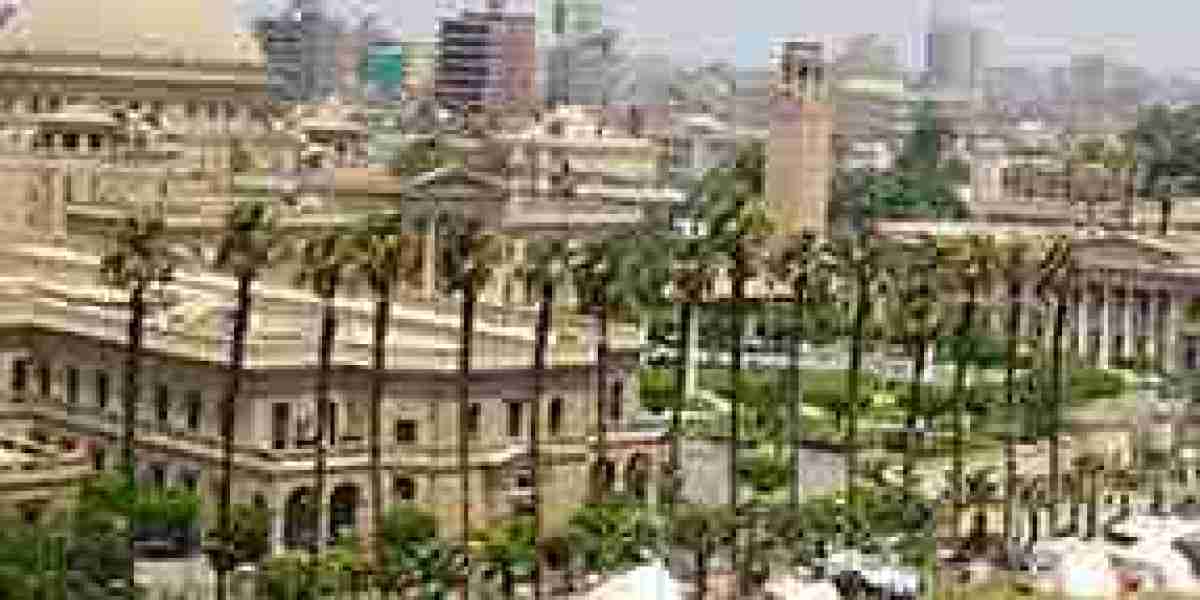Pursuing an MBBS in Iran is rapidly gaining popularity among Indian medical aspirants. With the rising cost of private medical education in India and the stiff competition for limited government MBBS seats, many students are now exploring international options that offer high-quality education at an affordable price. One such destination that stands out is Iran. Known for its rich cultural history and strong academic infrastructure, Iran is becoming a preferred choice for Indian students. MBBS in Iran for Indian students is not just cost-effective but also globally recognized, offering excellent career prospects after graduation.
This article covers everything Indian students need to know about pursuing MBBS in Iran — from eligibility criteria and cost of education to career scope and opportunities after graduation.
Why Choose Iran for MBBS?
Iran offers a unique blend of affordability, quality, and global acceptance. Medical universities in Iran are well-established and recognized by international medical councils and organizations. The country offers a peaceful and academically driven environment for international students, including Indians, making it an ideal destination to pursue a medical degree.
Many Iranian medical universities are listed in the World Directory of Medical Schools and are recognized by the National Medical Commission (NMC) of India, which means Indian students graduating from these institutions are eligible to take the FMGE or NEXT examination and practice in India.
Eligibility Criteria for Indian Students
To apply for MBBS in Iran, Indian students must meet a set of academic and documentation-based eligibility requirements. The process is transparent and relatively easier compared to the competitive entrance tests in India.
Academic Qualification:
Students must have completed their 10+2 education with Physics, Chemistry, and Biology as their core subjects. A minimum aggregate score of 50% in PCB is required for general category students, while students from reserved categories (SC/ST/OBC) may be eligible with 40% marks as per NMC norms.
NEET Qualification:
As per the guidelines set by the National Medical Commission (NMC), Indian students aspiring to study MBBS abroad must qualify the NEET (National Eligibility cum Entrance Test). This is mandatory for obtaining a license to practice in India after completing an MBBS from a foreign university.
Age Limit:
The student must have completed 17 years of age on or before 31st December of the year of admission. There is no upper age limit for applying to most Iranian medical universities.
Language Proficiency:
Though many Iranian universities offer MBBS programs in English for international students, some may conduct basic Persian language classes for clinical interaction with patients during the internship phase. There is no requirement for IELTS/TOEFL unless specifically mentioned by the university.
Documents Required:
Valid passport
NEET scorecard
10th and 12th mark sheets
Birth certificate
Passport-size photographs
Medical fitness certificate
Police clearance certificate
Financial documents (proof of funds)
Cost of Studying MBBS in Iran
One of the biggest advantages of choosing Iran is the affordability of its MBBS program. The cost is significantly lower compared to private medical colleges in India and also more economical than other MBBS destinations like the UK, Australia, or even countries in Eastern Europe.
Tuition Fees:
The tuition fees for MBBS in Iran typically range from INR 2.25 lakhs to INR 4 lakhs per year. Over the course of the 6-year program (including 1 year of internship), the total tuition fee can range from INR 14 lakhs to INR 24 lakhs depending on the university.
Accommodation and Living Costs:
University hostels are available for Indian students at reasonable rates, often ranging between INR 30,000 to INR 50,000 per year. Private housing options are also available at slightly higher costs. Overall, the monthly living expenses in Iran—including food, travel, and utilities—can range between INR 7,000 to INR 10,000.
Additional Expenses:
Visa application, travel tickets, health insurance, and one-time documentation charges may cost around INR 1 lakh. Students should also consider purchasing local SIM cards, textbooks, and other essentials on arrival.
In total, Indian students can expect to spend around INR 18 lakhs to INR 28 lakhs for the entire MBBS course in Iran, including tuition and living expenses. This makes Iran one of the most affordable destinations for medical education globally.
Medium of Instruction
Most top medical universities in Iran offer MBBS programs in English for international students. This eliminates the language barrier and allows Indian students to comfortably follow the curriculum. During the later clinical years, students are introduced to basic Persian to help them interact with local patients and participate in practical hospital training.
Internship and Practical Exposure
Iranian medical universities are well-equipped with teaching hospitals, where students begin clinical exposure from the third year onwards. The final year consists of a full-fledged internship or clinical rotation, which provides students with hands-on experience in real-world hospital environments. This exposure is essential for building the practical skills needed for any licensing exam or future specialization.
Career Scope After MBBS in Iran
Graduating with an MBBS degree from Iran opens a wide range of career options for Indian students both in India and abroad.
1. Practice in India:
After completing MBBS from an NMC-recognized university in Iran, Indian students are eligible to appear for the FMGE (Foreign Medical Graduate Examination) or the upcoming NEXT exam. On clearing the exam, they can obtain a license to practice medicine in India and also apply for postgraduate medical courses via NEET-PG.
2. Postgraduate Studies:
Students can pursue MD/MS in India or opt for international postgraduate programs in countries like the USA (via USMLE), UK (via PLAB), Canada (via MCCQE), or Australia (via AMC).
3. Career Abroad:
Thanks to the global recognition of MBBS degrees from Iranian universities, students can appear for licensing exams in several countries and start practicing there after completing necessary formalities. Countries like the UAE, Saudi Arabia, Germany, and Malaysia also accept Iranian MBBS graduates under their respective healthcare systems.
4. Non-Clinical Careers:
Graduates can also opt for careers in medical research, hospital administration, healthcare IT, clinical data analysis, or public health. Pursuing further studies like MPH (Master of Public Health) or MHA (Master in Hospital Administration) is also a viable option.
Conclusion
For Indian students aspiring to become doctors, MBBS in Iran presents an excellent opportunity to receive a world-class education at an affordable cost. With high-quality infrastructure, globally recognized degrees, English-medium programs, and a supportive environment, Iran offers all the essentials required for a successful medical career. From eligibility to affordability and strong career scope after graduation, Iran is a smart and reliable choice for Indian medical aspirants.
If you are planning to study MBBS abroad, Iran deserves your serious consideration. It not only brings you closer to your dream of becoming a doctor but does so in a way that is financially sustainable and globally recognized.




